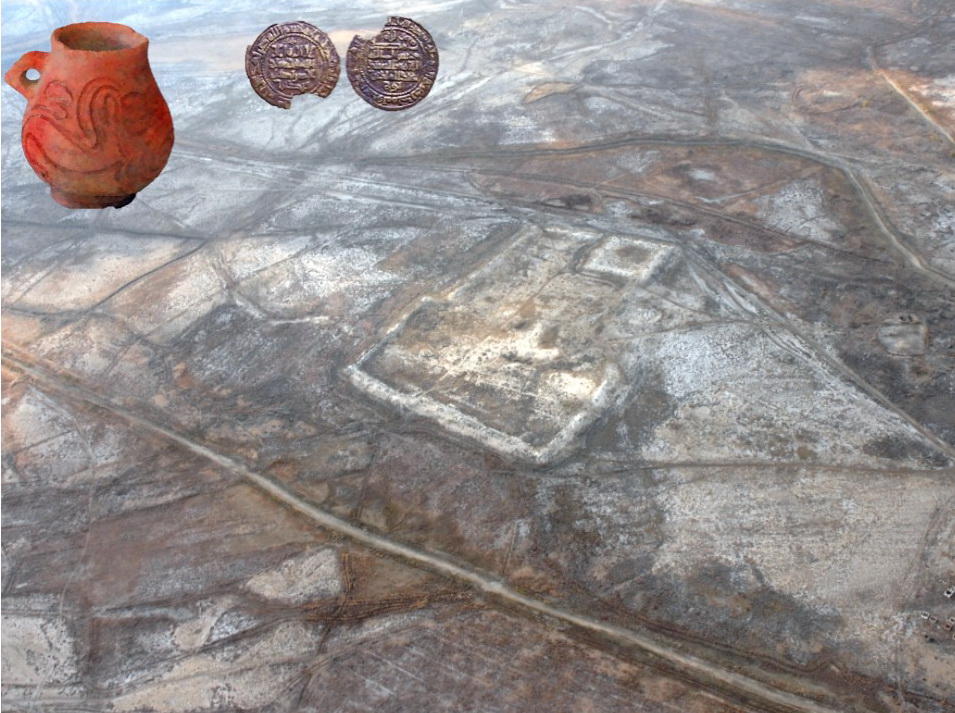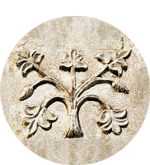Доклад Генриха Хэрке в Международном центре антропологии
6 декабря 2018 г. (четверг) в 18:00 состоится очередное заседание научного семинара Международного центра антропологии Школы исторических наук Факультета гуманитарных наук НИУ ВШЭ. С докладом на тему "The early medieval town of Dzhankent (Kazakhstan):Urbanization and state formation on the Northern Silk Road?" выступит профессор археологии Университета Тюбингена Генрих Хэрке.
Аннотация доклада
Urbanization and state formation were probably two of the most profound social transformations affecting early medieval societies across Eurasia. Western debates since the 1980s have focussed on these processes in sedentary societies engaged in agricultural intensification and long-distance trade. While it is useful to bear such comparative models in mind, it stands to reason that state formation and urbanization in this period should have taken a different course in societies with different types of economy and social organisation, such as the early medieval nomads of the Eurasian steppe belt.
Our fieldwork project at the site of Dzhankent (Kyzylorda oblast, Kazakhstan) in the delta of the Syr-darya has raised questions about the origins of early medieval urbanization in this region, and about the role of state formation and trade in this process. Dzhankent is identified by Arab geographers of the 10th century as the seat of the ruler (yabgu) of the nomadic Oguz (Guzz). The results of archaeological and geophysical fieldwork since 2011 show that in its last phase (9th – 11th cent.) this was a fully urban settlement. New dating evidence suggests that the fortified town was built as a single complex in the 9th century, but it seems to have been built on the site of an existing open settlement.
The rise of this river delta settlement to the centre of a steppe empire may be explained by regional state formation resulting from the arrival of Oguz nomads interacting with local sedentary populations and Khwarazmian traders on the Northern Silk Road. But this hypothesis begs other questions: How can we identify a nomad state from archaeological evidence? Would the existence of towns be part of that identification? And can the Western European model of trade leading to early medieval urbanization within the context of state formation be applied here?
Заседание семинара состоится по адресу ул. Старая Басманная, д. 21/4, стр. 3 (корпус Л), ауд. Л-104.
Для заказа разовых пропусков просьба обращаться к менеджеру Международного центра антропологии А.О. Видничук по адресу avidnichuk@hse.ru.

